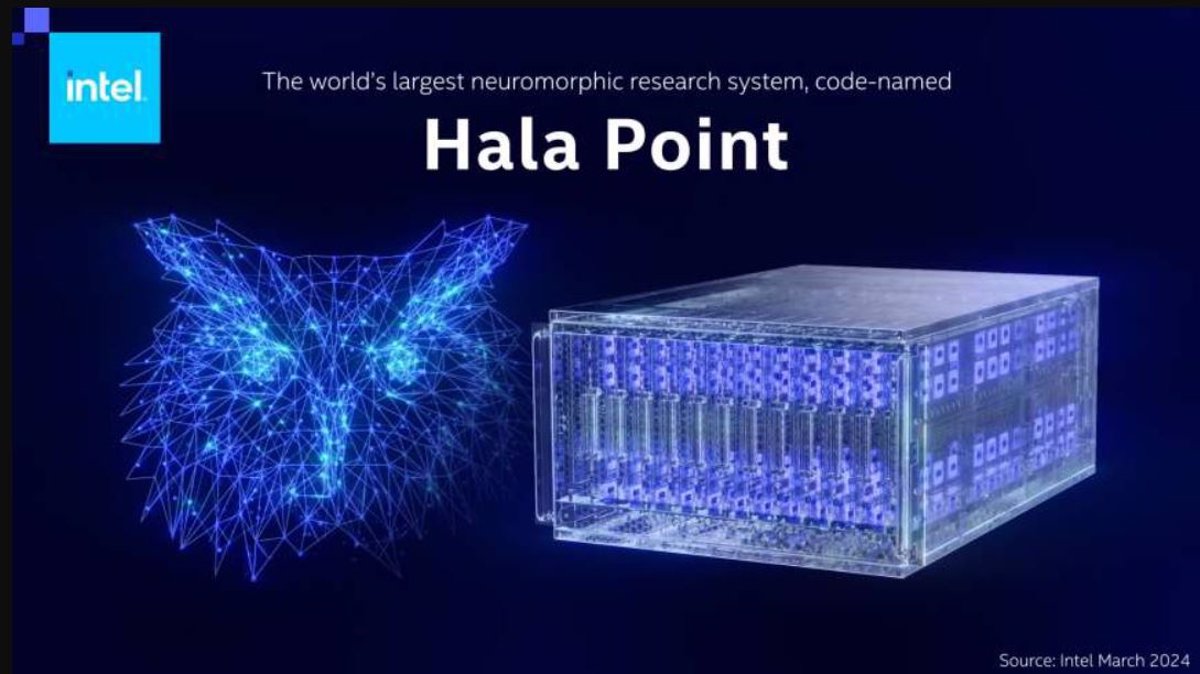At Sandia National Laboratories, researchers are currently utilizing a new neuromorphic system called Hala Point to advance AI technology. Developed by Intel, Hala Point is a research prototype that features 1.152 Loihi 2 processors on an Intel 4 process node, supporting 1.15 billion neurons and 128 billion synapses. The system includes 140,544 neuromorphic processing cores and 2,300 x86 processors for auxiliary calculations.
With its ability to perform 20 quadrillion operations per second with greater efficiency than its predecessor, Hala Point has the potential to enable advancements in real-time continuous learning for AI applications like scientific problem-solving, logistics, smart city management, language models, and AI agents. The system offers high memory, inter-core, and inter-chip communication bandwidth.
Intel believes that Hala Point’s capabilities can lead to significant breakthroughs in various fields of science and technology. Sandia National Laboratories researchers will be able to utilize the system to solve scientific computing problems in areas such as materials science, climate modeling, and biomedical simulations. Intel plans to share the system with research collaborators as part of a new family of large-scale neuromorphic research systems that will continue to drive innovation in this field.
The development of Hala Point represents a major milestone in the field of AI and neural networks. With its advanced processing capabilities and high memory bandwidth, the system opens up new possibilities for real-time continuous learning and scientific computing applications.
Overall, Intel’s development of Hala Point is an exciting development that has the potential to revolutionize AI technology and drive innovation in various fields of science and engineering.



